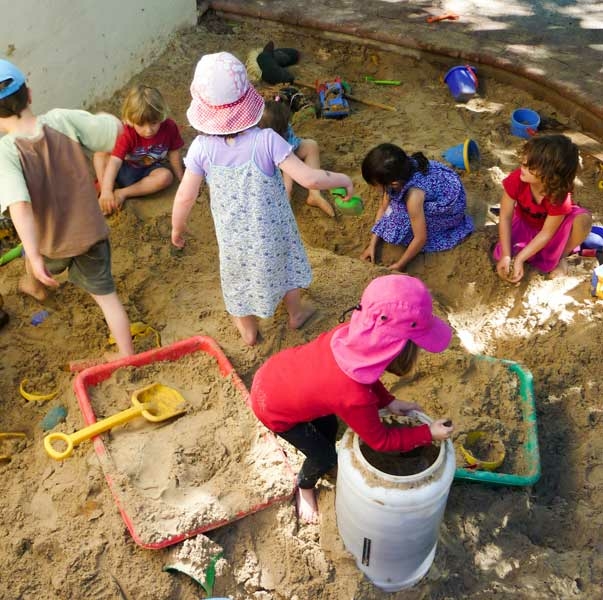Last week, I highlighted the conservative nature of the human being. To continue with societal influences on technology implementation that you do not get taught in your engineering curriculum, I would like to introduce the topic of trust. This ranges from trust on a small interpersonal scale to a larger regional scale and can even influence on a global scale.
A striking observation can be made when looking at friendships in childhood. These can be rock-solid and full of trust as one might not see so often later on. Already within the first week after being in a new class, children will be playing together and sharing their belongings as if they have known each other for a long time. These friendships are already so full of trust that they quickly listen to one another, engage in activities and accept new concepts from the other person. ‘Concepts’ might sound a little vague, but that’s because this can vary from new games to different foods and from new playing rules to unknown cultures.
Everyone knows that a good relationship is built upon good trust. This is nothing new and it is easy to understand as well, but connecting this to technology might not seem so obvious. However, as has been said in the previous column, a new (sustainable) technology will impact society and usually request some change (thus minimising this change will increase chances of success). If it is very hard to make the required change small enough that society will accept it, this can also be solved by building more trust. As is illustrated in the second paragraph, with high trust, comes a lower acceptance-threshold of change. People will be more willing to cooperate and also to embed novel technologies.
But does the user then need to trust a technology itself or the person telling him to use it? Unfortunately, but also understandable, both will need to be trusted. When a well-known oil company shows you their latest green efforts, people will be suspicious. On the other hand, if a sustainable company comes to your door with a very badly working technology, you will also not accept it. Now, it is up to the engineer to make sure that the technology works well, but building a good trust level with your audience is less straight-forward. This can be the harder part since adults (generally the ones to collaborate with on a sustainable technology level), are not as trustful as children. They are more protective to their belongings, and as said before more conservative. More energy has to be put into a trustful relationship, by for instance creating mutual interests and showing good intentions. If this relationship is established though, and the audience is convinced of the new technology and trusts its supplier, the technology can really start to make a difference.
With strong trust and the long term benefits of new sustainable techonologies, the short term-sight of the financial world might even be changed. So perhaps, the best solution to letting the G20 climate meeting in Paris be a success, is to let the world leaders play together in a sandpit and show that combined effort builds the best sand castles.
